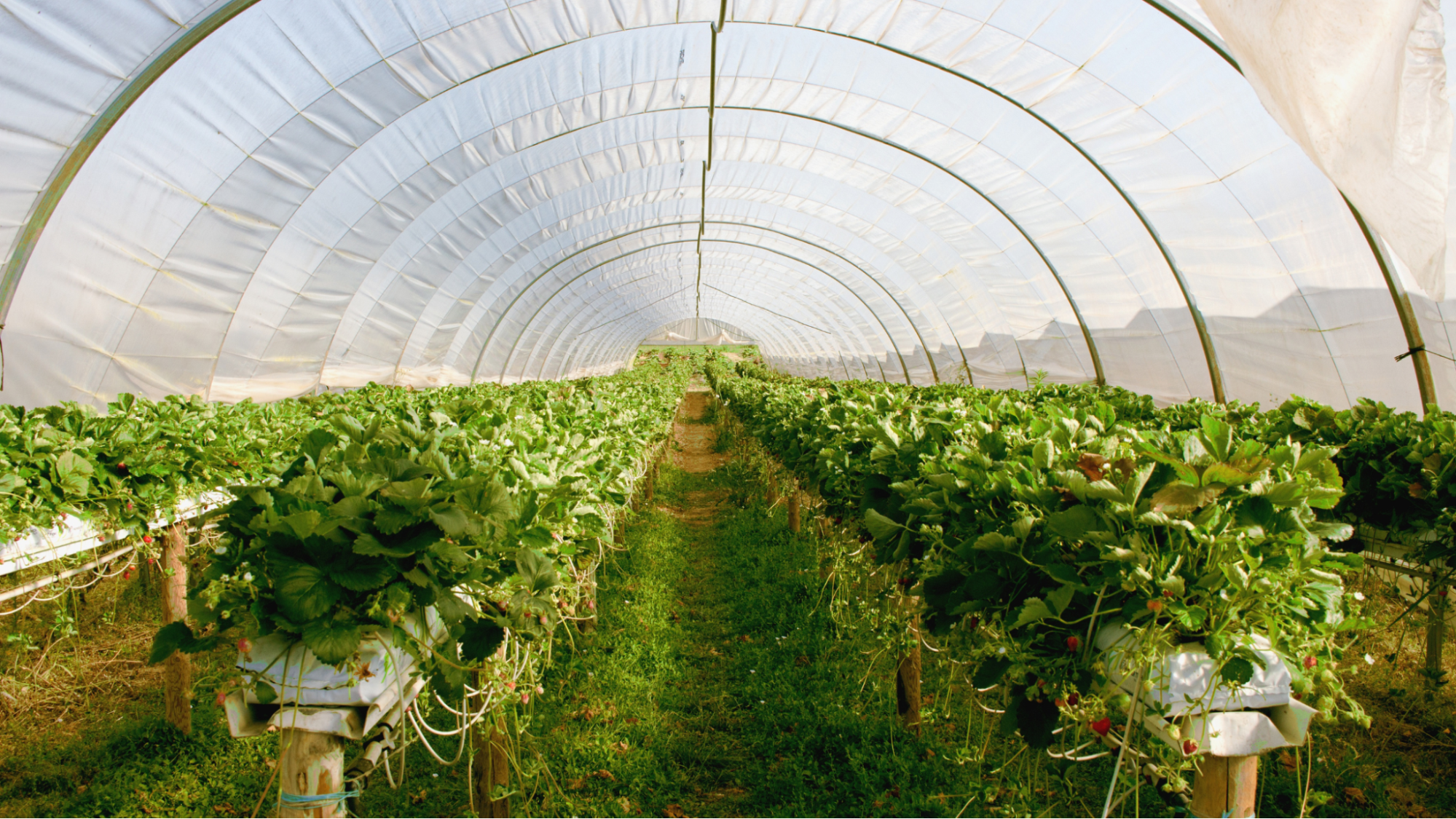The Benefits of a Greenhouse for Water Sustainability

Living in the foothills of the Sierra Nevadas can give us a bit better weather and a more extended growing season for gardening and farming than those who live on the mountains or in the Tahoe Basin. So you might think you don't really need a greenhouse. But if you're looking at it from the issue of water sustainability, a greenhouse is essential.
How Greenhouses Help with Water Conservation
Water is a precious resource, especially in the drought-stricken Western United States. Lack of it can cause significant damage to crops. Some parts of the state even have strict water restrictions because there's just not enough to go around. So when you're gardening or farming, you want to give the food you're growing just the right amount of water it needs and no more.
Typically, we only get rainfall in the winter. So we're not one of those geographic regions that can benefit from rain barrels as much as other areas, but surprisingly, greenhouses are an excellent resource for those who want to do their part to conserve water.
Greenhouse farming works to reduce water consumption because:
- Water doesn't evaporate as quickly as it does in the open-air
- Crops are typically placed closer together, which helps reduce water waste
- Drip irrigation within the greenhouse improves the efficiency of water usage
- The crop cycle is usually shorter in a greenhouse, which means you use less water over the growing season
Greenhouses, Technology, and Water Conservation
As climate change ramps up and becomes more noticeable every day, so are the technologies available to farmers to combat the adverse effects climate change creates. Greenhouses, on their own but especially when used with these technologies, can be a game changer for water conservation.
Technologies available include drip irrigation, water reuse, soil moisture sensors, sub-irrigation, rainwater capture, micro irrigation, and climate-based irrigation. So, for instance, technologies for drip irrigation can provide your crop with the exact amount of water it needs. No more, no less. By ensuring plants are not overwatered, this technology is conserving water.
Greenhouses and Crop Production
With greenhouse farming, not only can you conserve water, but you can also increase production. First, however, it's worth noting that a few criteria are critical to your greenhouse's success, as well as certain plants that work best in greenhouses.
What Greenhouses Need
The needs of a greenhouse really depend on the plants grown in them. But, of course, the most important requirement is sunlight. And lucky for us, we live in sunny California, where most times of the year, the sunshine is plentiful (maybe too much so!).
This next need might come as a surprise, but the greenhouse should be placed on a foundation - not bare soil.
Then, for farmers looking to produce a plentiful yield, the greenhouse will need some type of temperature control. Each plant has its ideal temperature conditions, and some kind of heating or cooling system would be beneficial to getting the most out of the greenhouse.
Crops that Grow Well in a Greenhouse
If you're ready to save water (and money!), you might wonder what crops grow best in a greenhouse. Just about any crops will do, but ones that thrive especially well are:
- Kale
- Melons
- Mustard Greens
- Eggplants
- Cucumbers
- Brussels Sprouts
- Potatoes
- Lettuce
- Peas
- Spinach
Plan for Water
We hope more local farmers and gardeners will consider greenhouses for their growing needs. The water challenges our state faces are a drain on our precious natural resources. It's also why we are working with the community to Plan for Water - we want to know what everyone's water needs are so we can be prepared for the decades ahead. As global warming continues to cause heat waves and droughts, we need to be thoughtful and prepared.
We want to work with everyone within the Nevada Irrigation District to review our water supply and long-term demands. We hope you'll join us.
